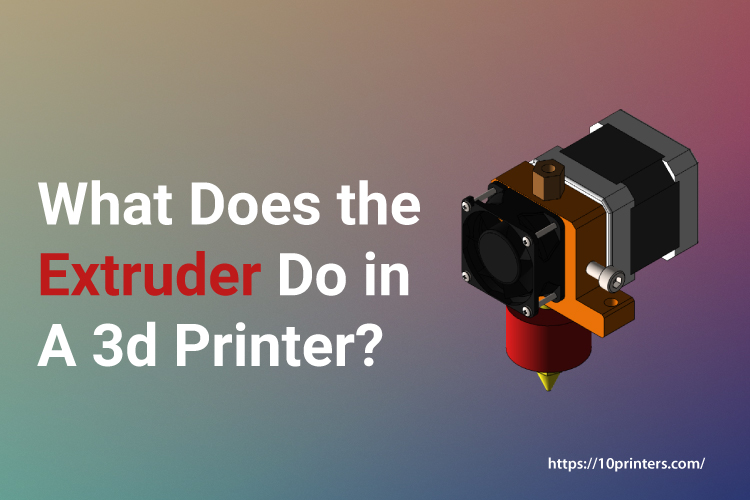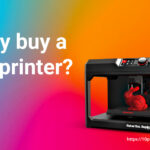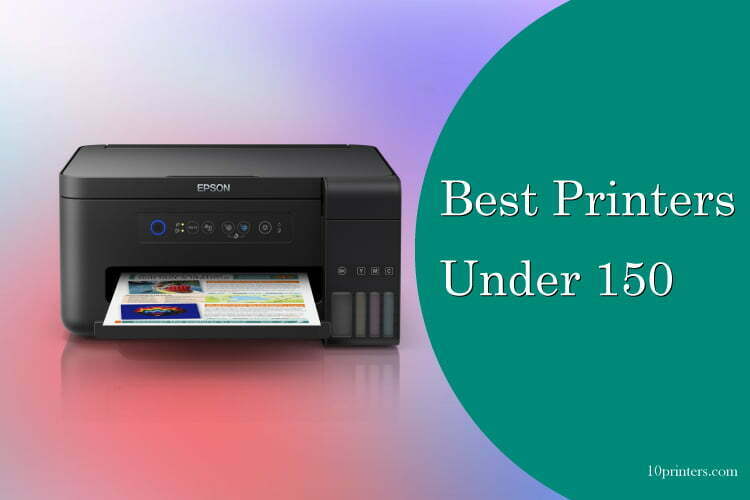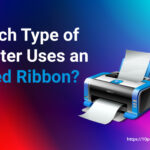Last Updated on March 17, 2023 by Jordi Hilpert
In the process of using additive manufacturing and particularly when 3D printing on your own using the desk 3D printer may encounter an extruder. You will definitely confuse about what does the extruder do in a 3d printer? This feature of 3D printers plays an important function in an additive manufacturing project, which is why we believe you should be aware of it!
A 3D extruder is a component that makes up the 3D printer that expels substance in liquid or semi-liquid form, to deposit it into subsequent layers in the 3D printing volume. In certain instances, the extruder is used to release the bonding agent needed to make a solid substance that was initially powder. Let’s explore the role of the 3D extruder for printers an essential component that is required by some additive manufacturing processes.
Extruders: What are they?
This is a component that makes up the 3D printer that extrudes substance in semi-liquid or liquid form, to deposit it into multiple layers inside the 3D printing volume. In some instances, the extruder’s purpose is to release the bonding agent needed to harden a substance that was initially formed in powder.
The various 3D printing techniques that require an extruder
It is found in 3D Fused Deposition Modeling (FDM) or Fused Filament Fabrication (FFF) printers Extruders are essential for the efficient operation of machines that use Polyjet and Binder Jetting technologies, as well as 3D Systems’ CPX machines. This is additive manufacturing equipment that has to create a layer of material before transforming it, either by applying a bonding agent (Binder Jetting) or by altering its chemical characteristics CPX. These techniques are described in our article on the various types of 3D printing.
What are the main differences and benefits that come with 3D printing nozzles based on 3D printing technology?
For FDM Printers
The extruder for filament on an FDM printer comprises the device which extrudes the plastic filament into a liquid state and places it on the printing platform by layering it in layers. Its printing head is composed of a variety of distinct components, which include a motor that is used to drive the filament of plastic and the tip (or extruder) to extrude the plastic.
Certain 3D FDM or FFF printers have been fitted with 2 extruders. This allows you to print two different materials at once to create 3D prints with two colors. Two extruders allow the support material to be extruded. This can then be removed using a solvent.
To control the process of cooling plastic Some printers are enclosed. This ensures a consistent temperature within the chamber of manufacture which ensures uniformity in the printing outcome.
Printers using Binder Jetting
The most well-known types that are Binder Jetting printers are the Projet printers made by 3D Systems. They have an extruder that projects a bonding agent (or color) onto a material made of powder. It’s the act of transferring this bonding agent onto multiple layers of powder that form the final product.
For Polyjet printers
Polyjet technology, initially created in the company (which has since been controlled by Stratasys) is built on the projection of resin as drops onto the printer. After the droplets have been projected and UV polymerizes the resin.
Hot end and cold end What are these parts?
This is located within the upper section of the extruder for 3D printing. At this stage, there isn’t any heater for the filament. It’s just component of the motor and gearing moving the 3D printing filament to the heat end. There are many different systems but the most common is the combination of gears as well as hobbed bolts that control the motion of the filament.
It is in which the filament transitions from liquid to solid when it is extruded from the plate. What exactly is the filament melting? Something must be sufficiently hot to melt the material. If we’re trying to print a perfect component, the temperatures of the filament that is cold as well as the hot filament along with the cold solid part must be precisely controlled.
Heat break when combined with the heat source keeps a line of sight that allows the filament to be exposed to high temperatures. In the process, a heating cartridge is heated up and transfers heat into the nozzle through the aluminum block that houses the heater.
The majority of desktop 3D printers come with 0.4mm standard nozzles however there are different sizes to choose from. Brass is typically used to make 3D printer nozzles, however, there are a variety of choices. For certain substances, stainless steel could be preferred.
Direct extruder or Bowden extruders: which should you choose?
There isn’t a specific extruder type. Your choice will be based on the type of 3D printer you have, the materials you plan to utilize, as well as on the speed of printing, and the accuracy that you require.
There are two possibilities either direct as well as Bowden extruders. The nature of your project can determine the type of extruder to select. The first thing to note is that all extruders are equipped with motors, however, there are also geared extruders that can manage your print speed. It’s not necessary but it could help you in customizing your setup to improve the quality of your printing.
Direct extruders are connected directly to hot ends while the Bowden extruder (or remote extruder) is equipped with a tube to connect the hot end with the body of the extruder. Direct extruders’ gear is rotated by the stepper motor, which drives the filament towards the hot end of the extruder.
The filament’s path is less which is the reason Direct extruders work better to 3D print flexible material as opposed to Bowden extruders. You can 3D print flexible filaments with the help of a Direct extruder, however, it’s not a great option for convenience.
With Bowden extruders, you can 3D print yourself more quickly your designs. It’s easier to speed up or slow down because there is only the printing head moving and not the entire hot end of the extruder.
Both can be equipped with direct drive technology. In fact, for both of them, the filament drive mechanism is attached to the motor shaft directly.
Additionally, be aware that there are extruders available for any thickness of filament, such as three-millimeter filament, 1.75mm filament, etc. Learn depth in detail about How to Choose a 3D Printer?
Extruder-related issues in 3D printers
The most common issues encountered by 3D extruders of printers are similar to those encountered with inkjet printers. The main reason is improper maintenance or using incorrect materials that lead to degradation or clogging of the nozzle that releases the material.
In the situation in the particular case of 3D FDM printers, the principal issue is caused by printing nozzles that are blockaded by hardened plastic and are that is unable to exit the extruder, or due to gaps or slack within the extrusion axis of plastic and causing irregular extrusion.
Sculpteo offers a 3D printing option that lets you test your file and request a 3D print in just a couple of clicks. To test our service, start by uploading your 3D file.
Conclusion:
The extruder is part of the machine that deposits material into the 3D printing space. All printing, including that done on the desktop and all other types of 3D printers, can be traced back to how this piece functions in a 3D printer.
This is important for every 3dprinter user to learn about what does the extruder do in a 3d printer? As a general rule, you can’t make parts without this extruder, so it’s something you do want to know about when using 3D printers for your own projects.





